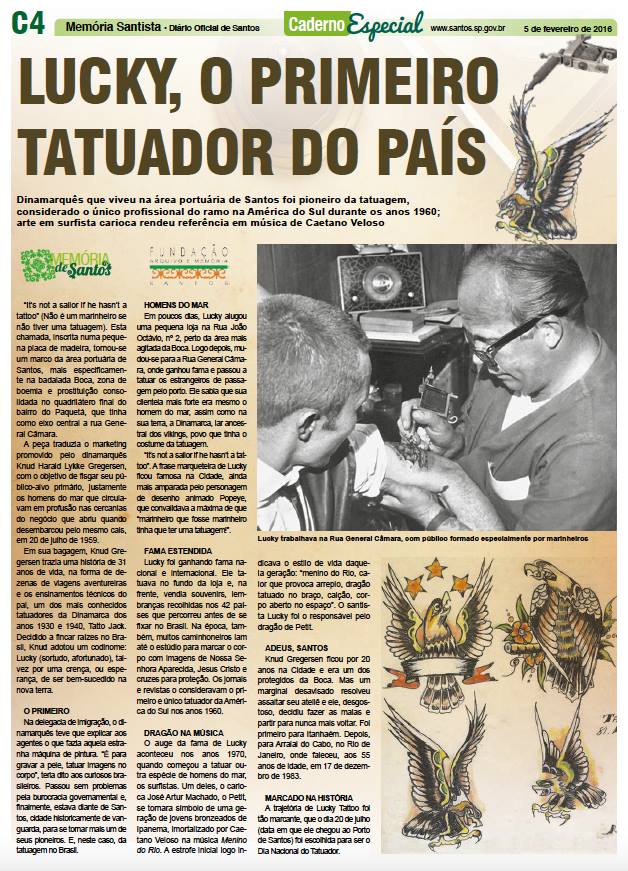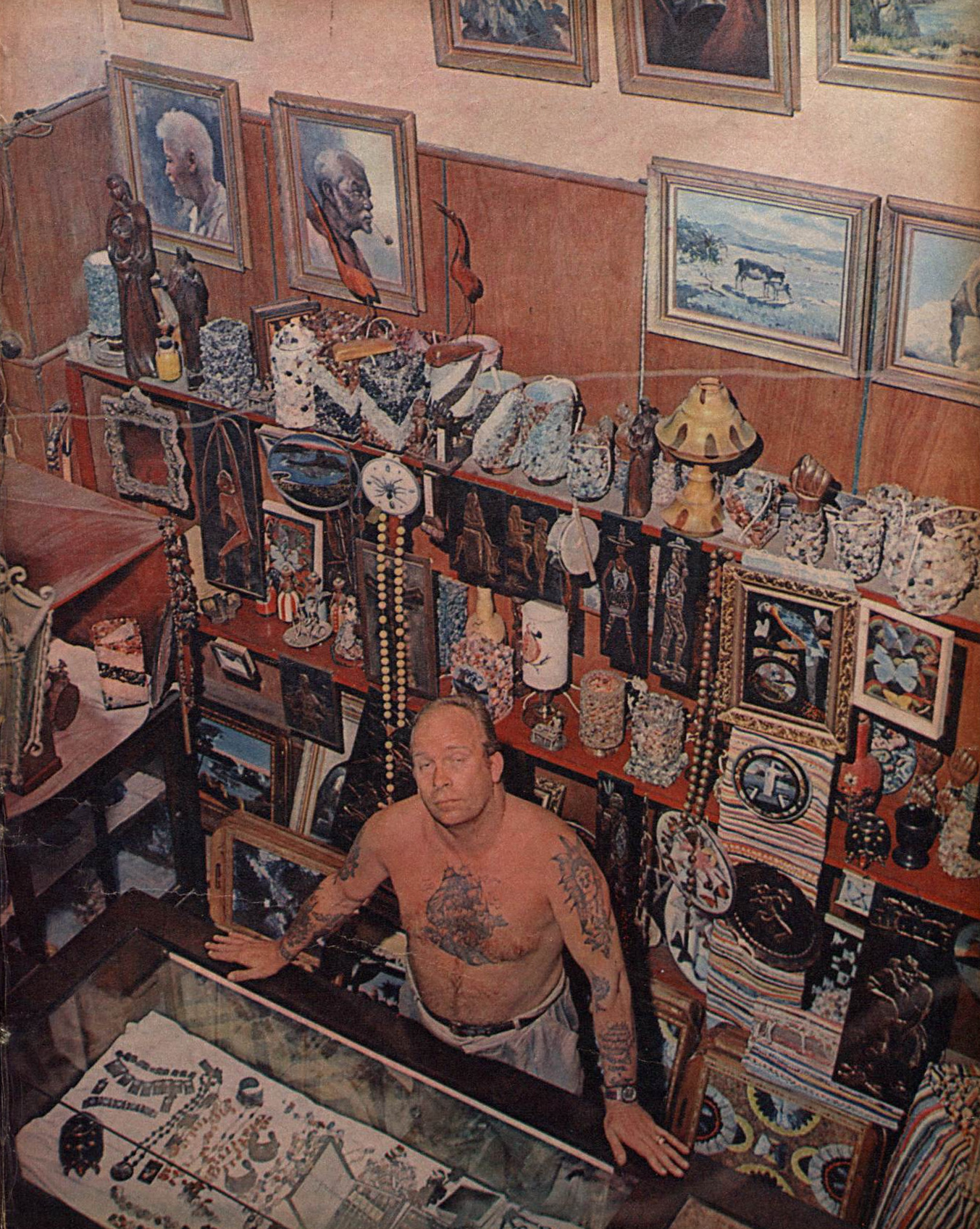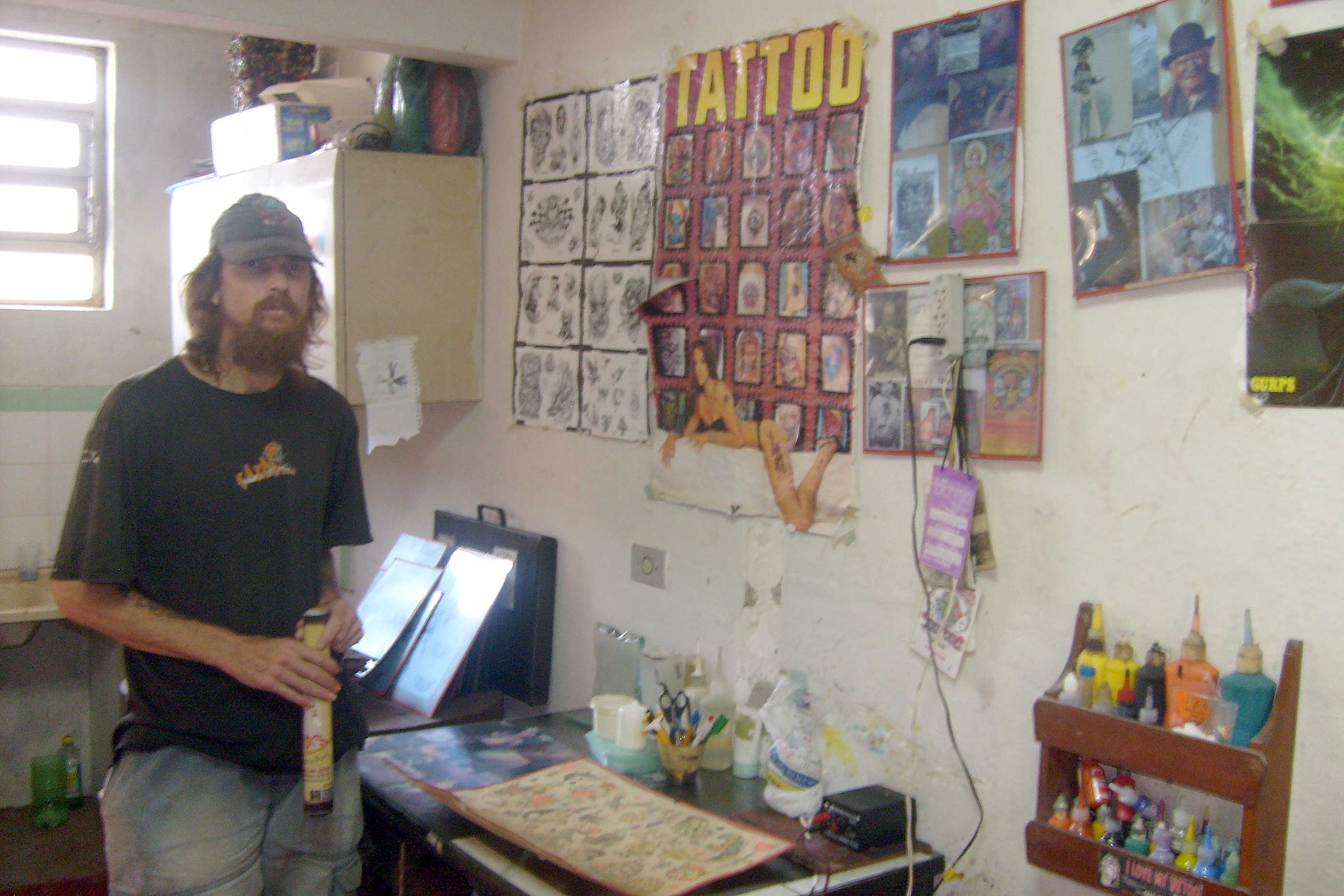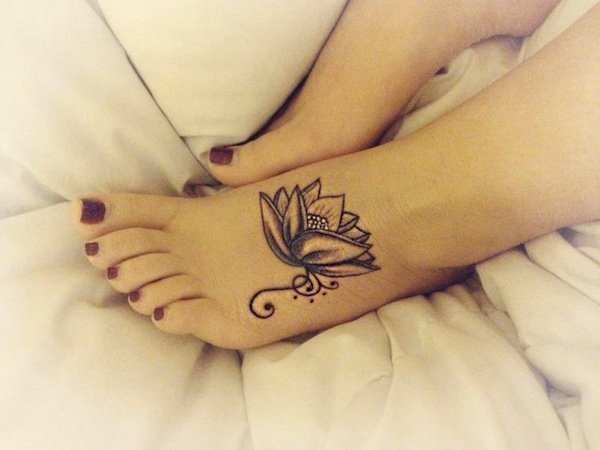As we commented earlier in our article about the Tattooist Daythe Dane known as Lucky Tattoo, who arrived in Brazil in 1959 and practically brought the world of professional tattoos to our country. But not all of us know his story well, so we decided to compile a list with some curiosities about Lucky.
First city with a professional tattoo artist

The city of Santos was the first city in Brazil to have a professional tattoo artist. Lucky, Danish born in 1928, moved to Brazil where he started his career as a draftsman and painter, but also brought the first electric tattoo machine to the country.
His first store was opened near the Santos wharf, and later moved to General Câmara, which in turn helped increase his clientele, but also contributed to the prejudice around tattoos, since many of his clients were sailors and immigrants involved in prostitution and drugs.
As we mentioned in our article about tattoo artist's day, his studio had the following phrase on the door:
It's not a saylor if he hasn't a tattoo?
?you're not a sailor if you don't have a tattoo?
Lucky tattooed about 45000 people during a 30-year career. 24 of these years living in Brazil.
Tattoos and the São Paulo elite
As Lucky was practically the only tattooist in town, and in the country, his clientele also involved many upper-class clients, such as Evandro Mesquista, who got an eagle with Lucky, and the surfer Petit, with a dragon on his arm, which is also mentioned in a song by Caetano Veloso.
Gregersen Family
Lucky lived in SP for over 20 years and started his family with a Brazilian woman, with whom he had 2 children: Frederick and Erna Gregersen. Lucky died at the age of 55, one year after moving to Arraial do Cabo, RJ, after having his Santos store robbed.
Her children followed as tattoo artists after her death: Erna set up a studio in the back of the Energia restaurant on Avenida Washington Luiz, still in Santos. And she died in 2008, being recognized as the first professional tattoo artist of the São Paulo coast.
His son Frederik today is responsible for keeping the history alive, preserving one of the rooms where Lucky worked in Suarão, displaying drawings and a picture painted by Lucky himself.
https://youtu.be/-KjsgFVL_BY






